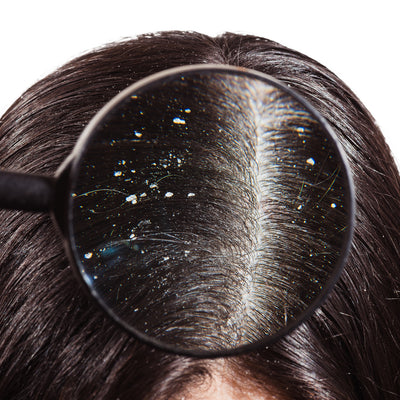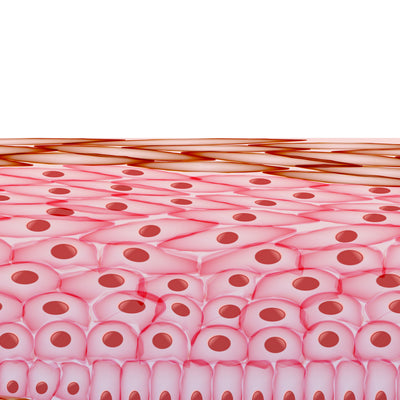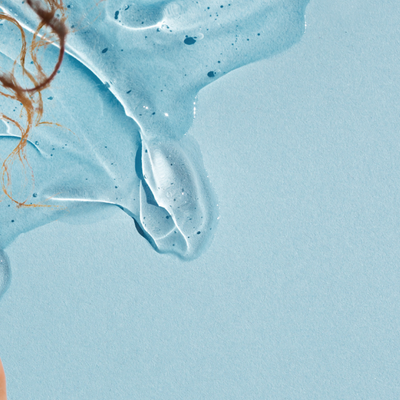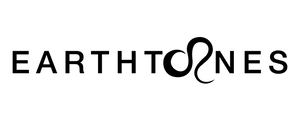
Hair Texture: What's Yours?
Hair Texture: What's Yours?
Susan Walker| February 12, 2015

However an attempt has been made to develop a system that takes many aspects of hair texture and curl type into account.We love systems don’t we? Systems often take complex ideas or processes and simplify them for people to use and get a desired result. The great thing about systems is their simplicity; however this is can also a weakness. In life things are rarely simple. They are rarely straightforward and often contain complexities that cannot be systematically addressed.
Hair exists in a variety of textures. When thinking of hair texture, there are three main aspects that come to consider: curl pattern, strand thickness and density. There are other aspects to consider as well.
What follows is a collaboration of several hair and texture typing systems in order to get a comprehensive assessment of textured hair. It will allow you to assess your hair and identify its unique properties and needs by incorporating different classifiers to assess your hair texture. The systems used include the Naturally Curly Texture Typing System, the L.O.I.S African American Natural Texture Typing System, the Andre Walker Curl Typing System and the Global Hair Texture System. However what we’ll begin with is hair texture.
First things First – Hair Texture
Regardless of if your hair is straight, wavy, curly or kinky we all have 3 basic textures: fine, medium and thick which can also be called coarse. Texture is not how the hair feels but describes the thickness of each individual strand of hair. The comparison is typically to a piece of thread. If your hair is fine, it’s thinner than the thread, medium hair is usually the same width and thick or coarse strands are thicker than the piece of thread.
Characteristics of Each Hair Texture
Fine Hair
Fine hair is the most fragile texture and can be easily damaged. Contrary to popular belief, people
with finer hair tend to have more hair than people with thicker hair strands. Fine hair can tend
to be oilier than other hair types. For those of you with fine hair you may find difficulty holding a
style; your hair is light and can fall flat against your head. Volume is often desired but not often
attained. Structurally fine hair has two hair layers – a cortex and a cuticle.
Fine natural hair:
•Doesn’t hold styles well
•Can become weighed down with heavy products, causing the hair to look stringy
•Can look thin
•Can break easily because it’s fragile
Medium Hair
Medium hair is the most common hair type and often covers the scalp very well. This hair texture is not as fragile as fine hair and can be manipulated into styles easily. Structurally, medium textures usually have two layers – the cortex and cuticle – and may contain the medulla.
Medium natural hair:
• Holds styles fairly well
• Usually looks thick and covers the scalp well
• Is not as prone to breakage as fine hair
Thick or Coarse Hair
This hair texture is strong because structurally it contains all three hair layers – the cortex, cuticle and medulla. The medulla, the innermost layer of the hair shaft is pretty much a series of empty spaces. It’s an area filled mostly with air and protein. This hair texture usually takes longer to dry than others, and can be resistant to various chemical treatments. It can tolerate heat well and resist breakage better than the fine or medium hair.
Thick natural hair:
• Appears full
• Holds styles well
• Can tolerate higher amounts of heat
• Can be resistant to hair colouring and chemical relaxers
Hair Type
In general there are 4 basic hair types: straight, wavy, curly, kinky curly. This classification is based on the shape of the hair fiber.
Straight
Naturally straight hair is the strongest of the types and reflects light to the eye the best giving it a glossy appearance. One challenge of curly hair is that it’s resistant to curling and usually requires the use of chemicals for this to be done permanently.
Wavy
Wavy hair has s-shaped curls down its length or much of the hair can appear straight with slight bends towards the ends of the hair. Wavy hair can frizz fairly easily and requires care to achieve perfect waves.
Curly
Curly hair tends to do so down the entire length of the hair shaft. Strand thickness can range from fine to coarse but is most often fine. The greatest challenges for curly hair types are frizz, lack of curl definition, shrinkage and dryness, to a lesser extent.
Kinky-Curly
This hair type has the tightest curls ranging from fine to coarse with s-shaped and z-shaped curls with everything in between! It is the most fragile of the types. If curl definition is a challenge for curly hair types it’s almost an impossibility for kinky-curly hair. Additionally, shrinkage and dryness are two issues to constantly fight against.
Join me next week as I begin discussing popular hair typing systems!
What’s your hair texture??? If you have several, what is the dominant one?
About Susan Walker
 Susan is the CEO of Earthtones Cosmetics, a licensed Naturopathic Doctor and certified Trichologist with the World Trichology Society.
Susan is the CEO of Earthtones Cosmetics, a licensed Naturopathic Doctor and certified Trichologist with the World Trichology Society.
She has been a speaker and workshop presenter at various national and international conferences including the Taliah Waajid World Natural Hair Health and Beauty Show in Atlanta, the Toronto Natural Hair Show, The Canadian Naturalista Hair Expo and the Natural Hair Congress in Montreal.
Susan performs hair, hair loss and scalp consultations at TrichoSpa by Earthtones in Ajax, Ontario, a holistic skin, hair + scalp spa and curl care boutique. We specialize in corrective curl, scalp and skin care using trichological treatments for various scalp and hair concerns, and corneotherapy to correct skin issues. She has obtained various certifications in hair loss and scalp conditions.
In order to help her clients she has received her Laser Technician Diploma and certificates in Chemical and Mechanical Exfoliation, and Microneedling and Collagen Induction.
She is currently pursuing her Masters in Science in Cosmetic Science.
Featured Articles
-

-

Nurturing Your Scalp: Unveiling the Role of the Stratum Corneum
October 24, 2023 Susan WalkerREAD MORE -




